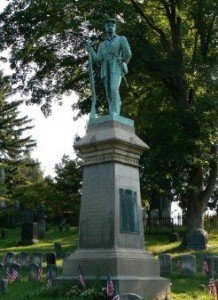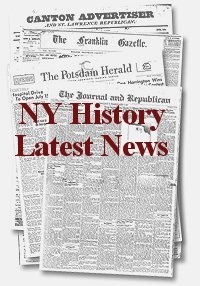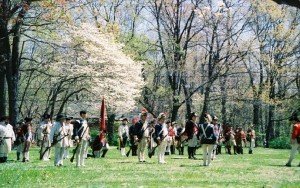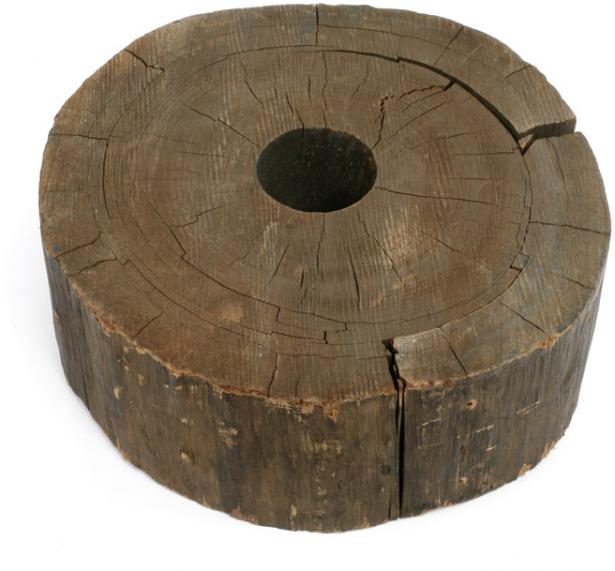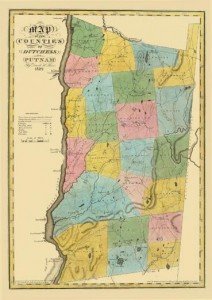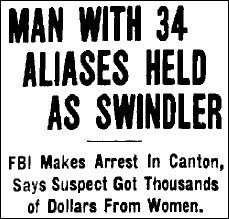 Few villages in New York State can lay claim to as rich a heritage as Rouses Point, and like the oft-used real-estate axiom says, there are three primary reasons—location, location, location.
Few villages in New York State can lay claim to as rich a heritage as Rouses Point, and like the oft-used real-estate axiom says, there are three primary reasons—location, location, location.
As New York’s northeasternmost village, Rouses Point can be found at the north end of Lake Champlain. Bordering on Canada to the north and Vermont to the east, for decades it was a shipping and transportation crossroads, serving both water and rail traffic. Read more
